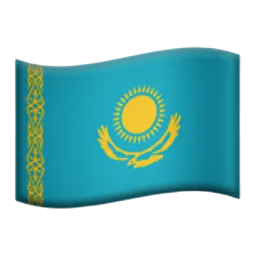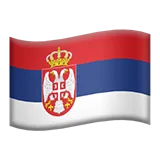A Designer's Guide to Seamless AI Collaboration
JetStyle’s design team has been using neural networks since they got popular in 2022. AI helps us with a variety of tasks, and it’s been an incredible creative partner and time saver.
Our designer Alex Perminov is one of the most proficient specialists in collaborating with AI. We asked him to share his pro tips for working with Midjourney, and he came up with a list of key recommendations and examples. These tips are not just for beginners; we guess the hacks might be useful even for those who are already experienced in working with AI.
- Aspect ratio matters
Changing the aspect ratio is the first thing you have to do, if your network is not giving you the desired result.
Midjourney was trained by 1:1 images, so it gives this aspect ratio in the default mode. You add "--ar" setting to change the aspect ratio – and quite often the result of your input. Horizontal ratio makes your images more dynamic, while vertical ones are more static and symmetrical.
This is an example of how one prompt functions in the 1:1 and 3:2 ratio.


- Watch your language
Experiment with your wording.
Neural networks are language models. They transcribe language into a set of numbers and parameters and back. That’s why it matters what you type in.
Are you sure you’re using the correct name of an object? This often happens with non-native English speakers. If the image does not correspond to what you have in mind, google for other naming options. Most probably, choosing other words will help you find common ground with the neural network. It happened to me several times, and usually googling for names helps me find the correct wording for the prompts.

- Context is the King
Each word you type in is a token, and it means something to the neural network.
The easier your prompt is, the better, right? It’s actually not so true. The key to success is the balance between a complicated prompt and a simple one.
On the one hand, if you want to generate an image in the style of a specific brand, make it clear. Should it be a character in a costume designed by this fashion brand X, or a shot of X’s fashion show? Your prompt needs to include these details.
Still, it makes sense to avoid complicated or abstract prompting. “Create an image for a social media blog" is a vague prompt, and it overuses AI’s computational power. Midjourney has no other functions apart from creating images, and these words are not helping. Neural networks also don’t need extra words like ‘please’, ‘create an image’, etc., even if you want to be polite in your communication with AI.
- Generate, give feedback, repeat
Share your references with the neural network, and stick to the iterative approach.
It rarely works on the spot; just be ready that AI needs you to specify your request. Generating process should go iteratively.
For one of our latest articles my job was to create an image of a robot interviewing a human. It’s not such a hard prompt, but I needed to stick to a specific style. My robots had to look human-like and non-aggressive. Plus, the image composition was also not perfect in the first generations. I decided to divide the task into iterations, and at first created a picture with two humans.

I downloaded it into Midjourney as a reference, and there I added the request to replace one of the humans with a robot. Only one image out of 4 vaguely resembled what I had in mind, so I had to keep generating.

On round three, I took this new image as a reference and added my prompt – and it was enough for Midjourney to give the perfect result.

- Remember your roots
Combine various versions of AI tools – the result may satisfy you more, than if you just stick to only the latest version.
With each new update Midjourney offers new functions and models for you to switch to (while I’m writing this article, 5.2 is the latest version). At the same time, Midjourney’s inner parameters change as well, and it influences how the network processes your prompts. Sometimes it works not for your benefit, so simply switch to the older version if Midjourney stops collaborating the way it used to.
The 5.2 version is apparently proficient in photo realism. However, at times it fails to provide a predictable result, even if I add ‘photo’ and ‘realistic’ into the prompt. Look at the realistic humans that I got on the latest version of Midjourney:

Then, one day Midjourney started generating images like this:

When I switched to the previous 5.1 version, the problem was solved.

- Experiment
Even though Midjourney’s user guide is a pretty hard read, don’t skip it.
You may find some useful parameters to level up your generations. My personal favorite is "--weird" that basically adds some extraordinary spice to your art. Among other parameters worth you attention I’d like to mention these ones:
--s
--stylize
--chaos
--remix
--iw
Read more about them in Midjourney’s Documentation.
Also, my personal recommendation is the nijji model that creates anime-styled images. Even if you’re not planning to work with the anime stylistics, it can add some artistic excellence to your work – so just give it a try.


- Mission possible
Neural networks are not omnipotent (yet), so it takes experience to see what goals they can help you achieve.
At JetStyle we believe that you shouldn’t use networks just for the sake of it. AI should be one of the tools on the way to achieving your goals. If you’re limited in time and need to create a fine art, combine your neural and ‘old-school’ services. For instance, I edit most of my Midjourney images in Photoshop. Also, I create sketches for Midjourney to use as a reference. You can find a couple more examples of how I experiment with neural networks (Stable Diffusion & Midjourney) in this article.
I wish I learned about these life hacks during my first months of my work with AI – so hopefully, it was useful for you as well. At JetStyle, we use neural networks to speed up production time and facilitate the creative process. We’d be happy to discuss your task and see if AI can help with it.








